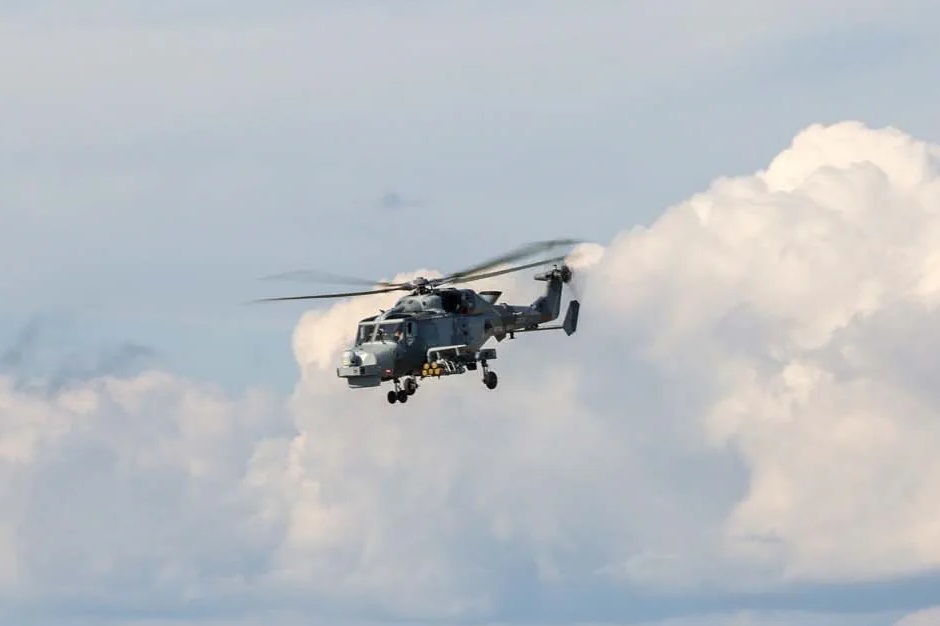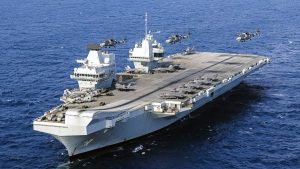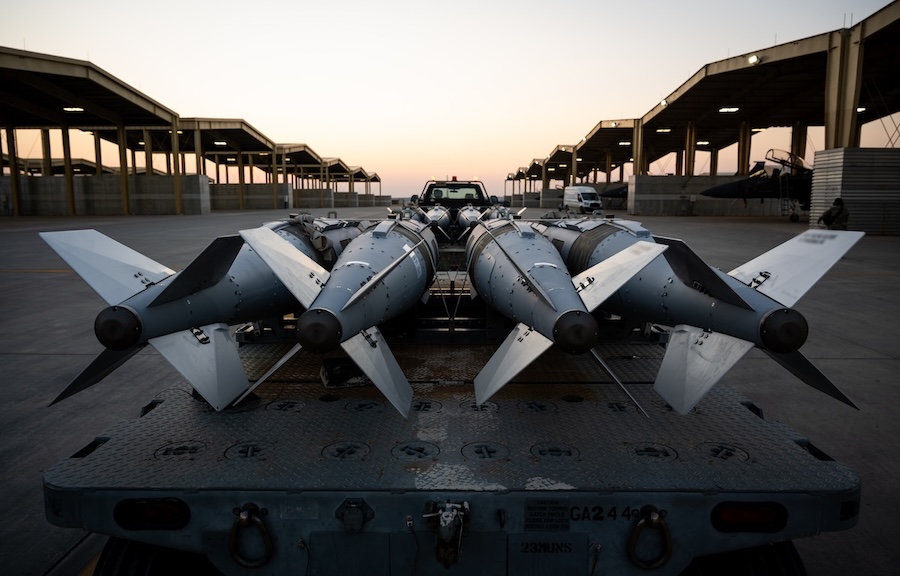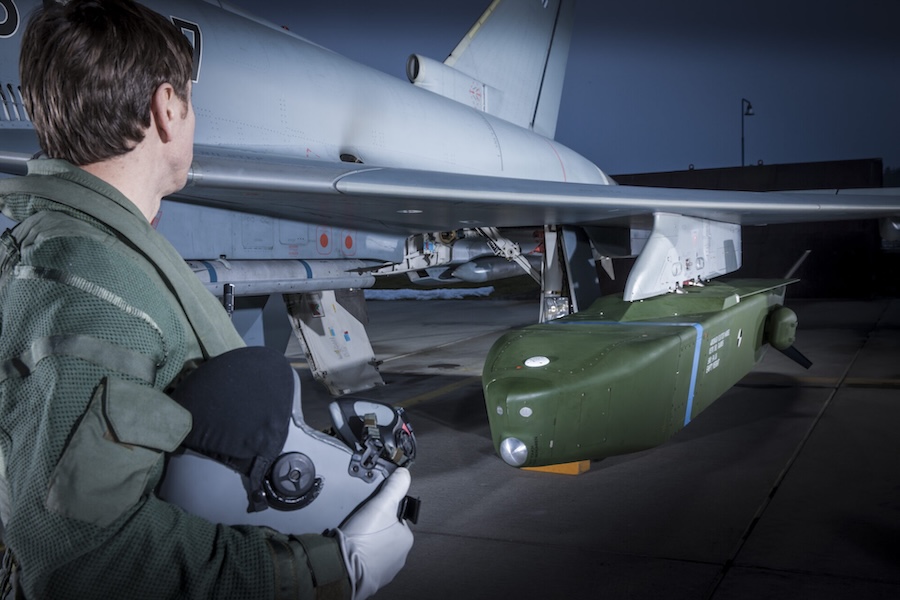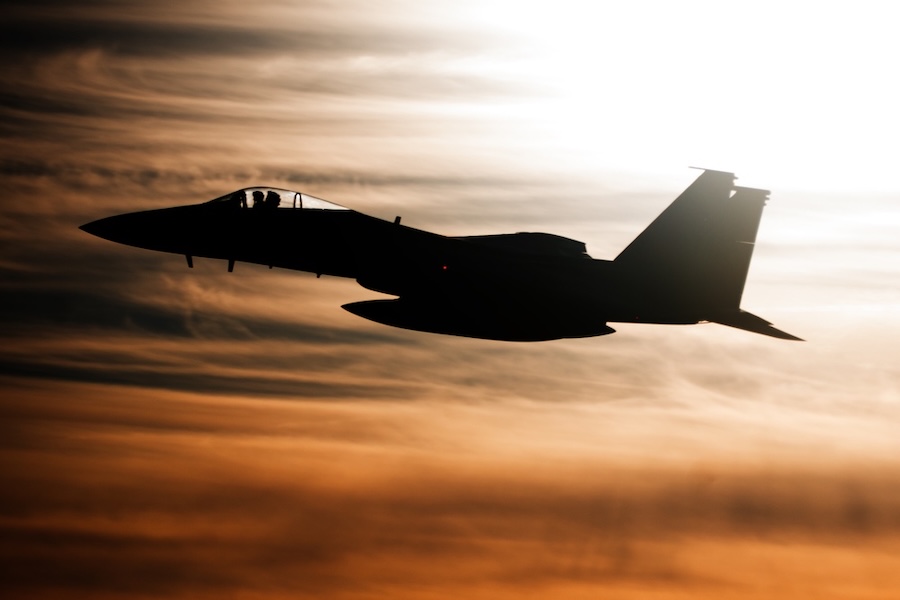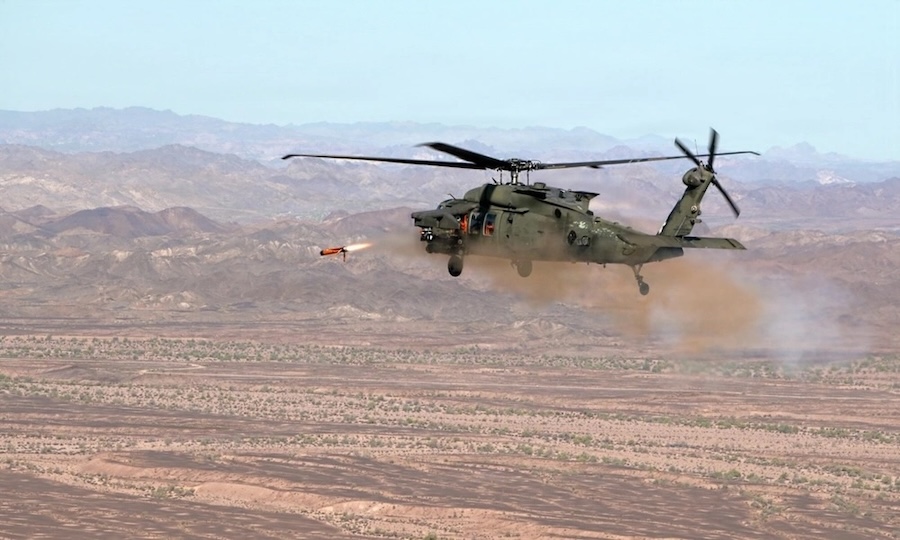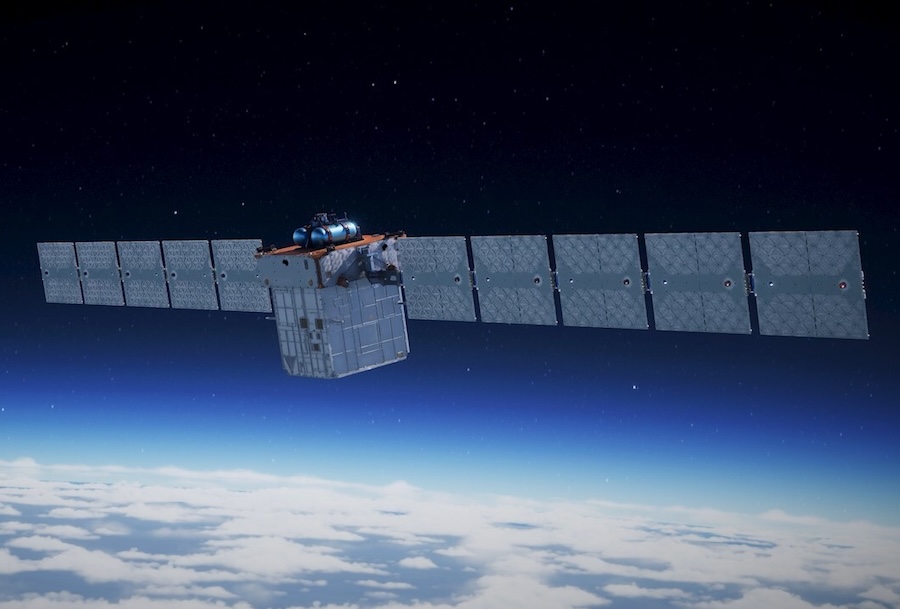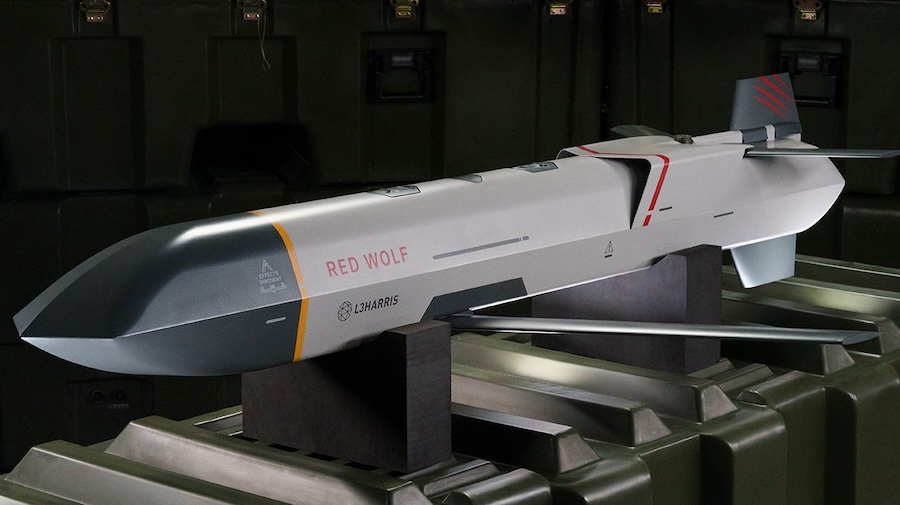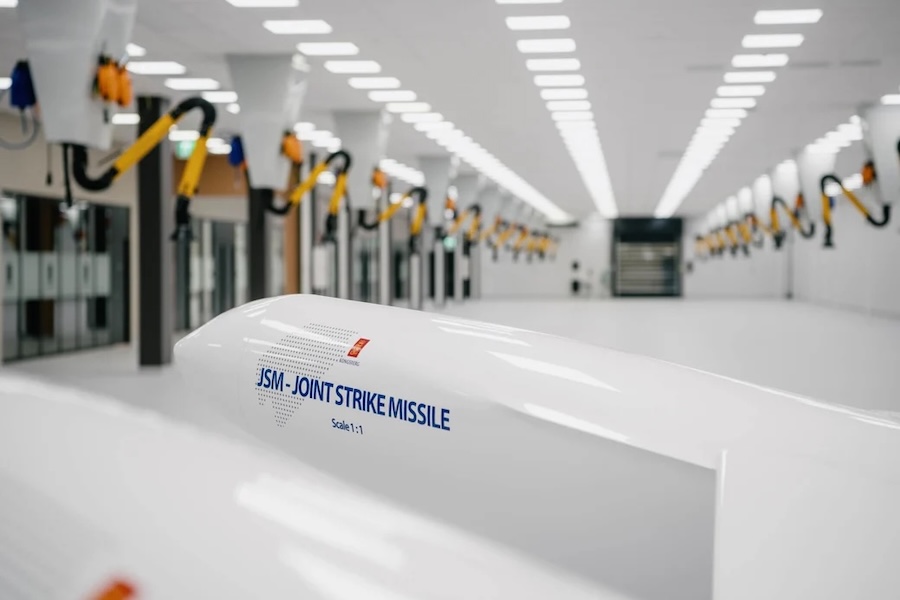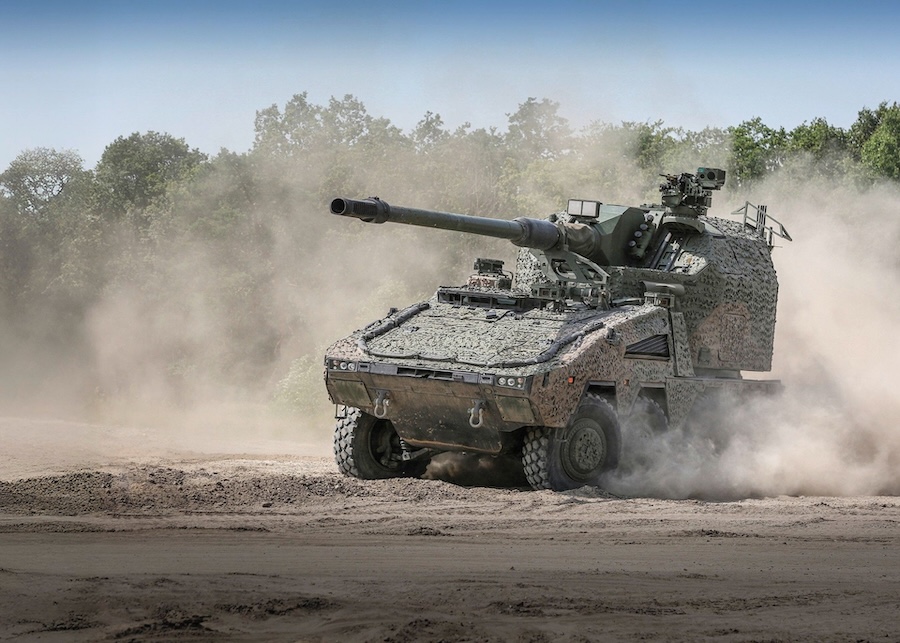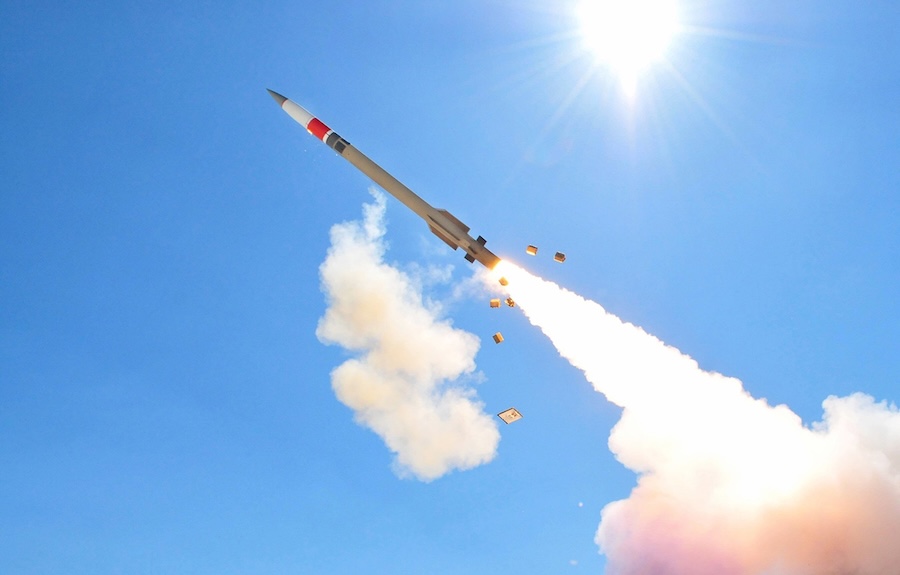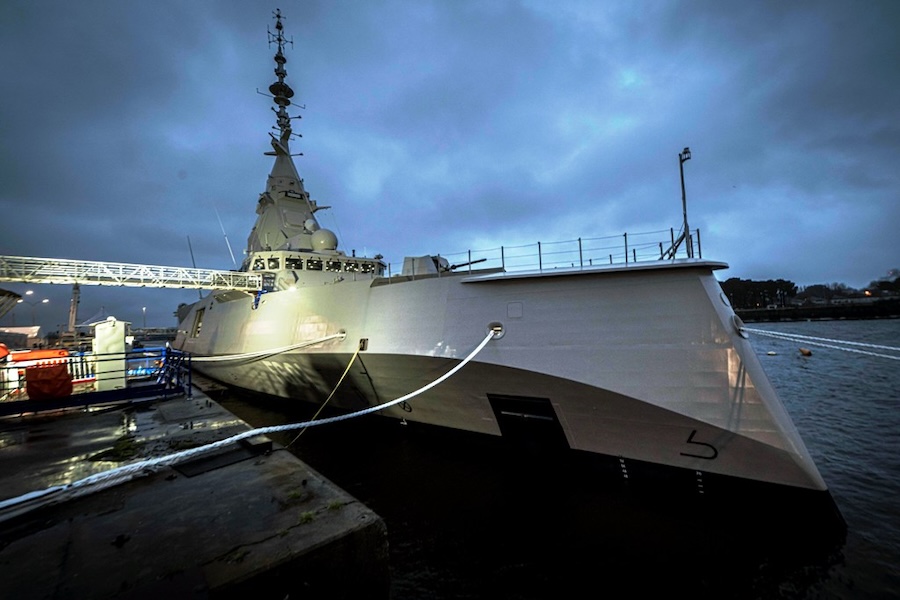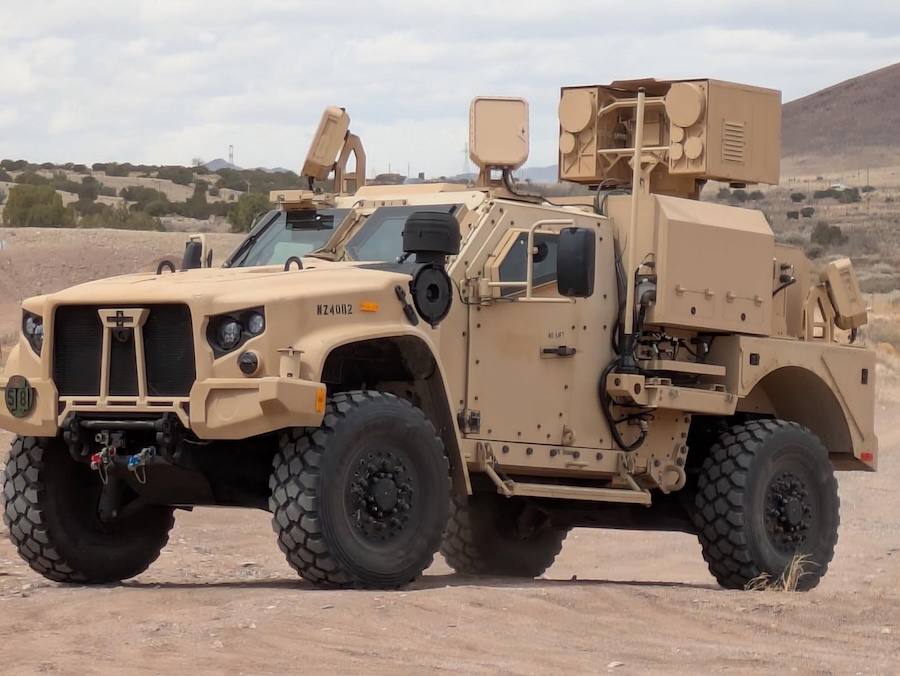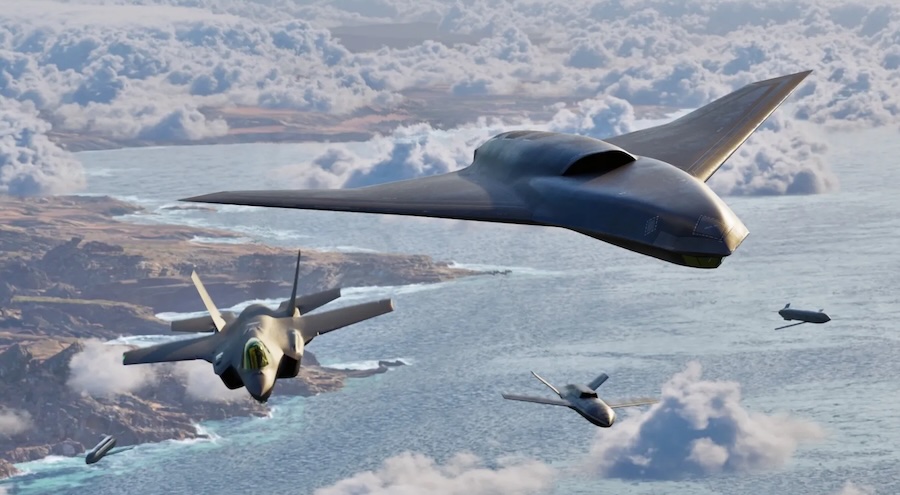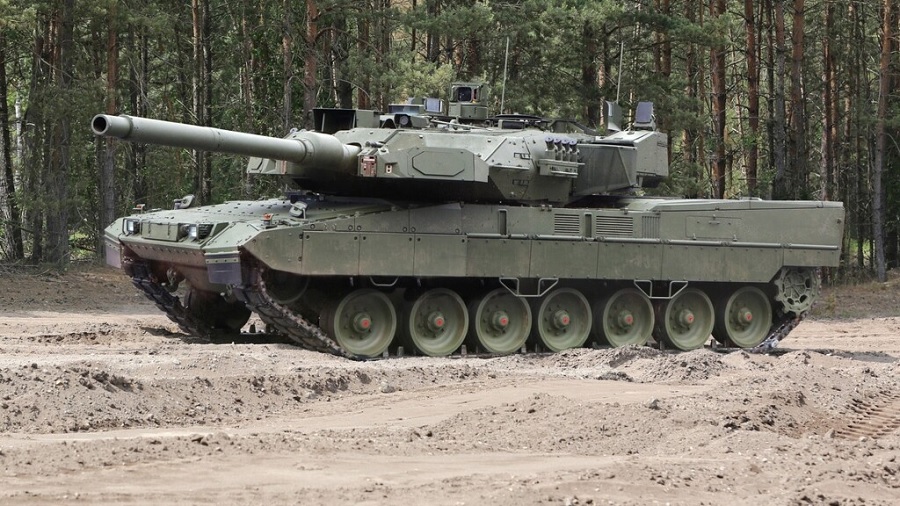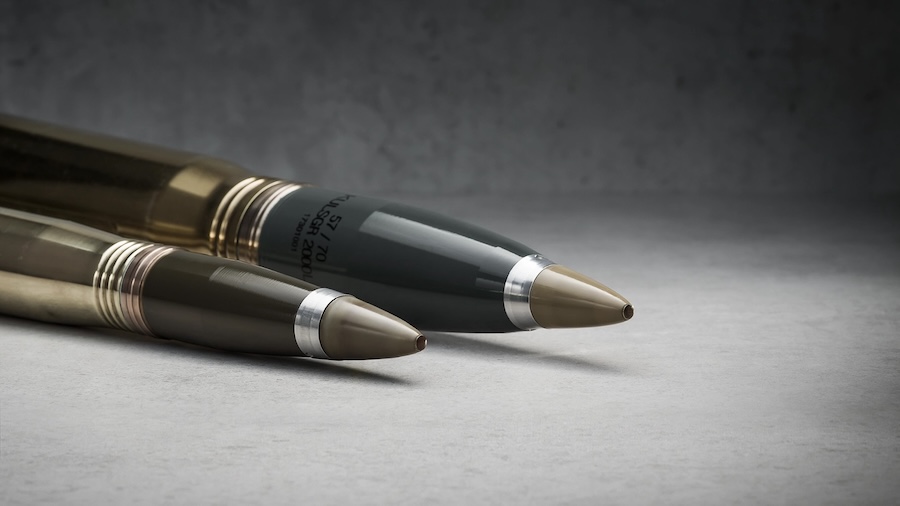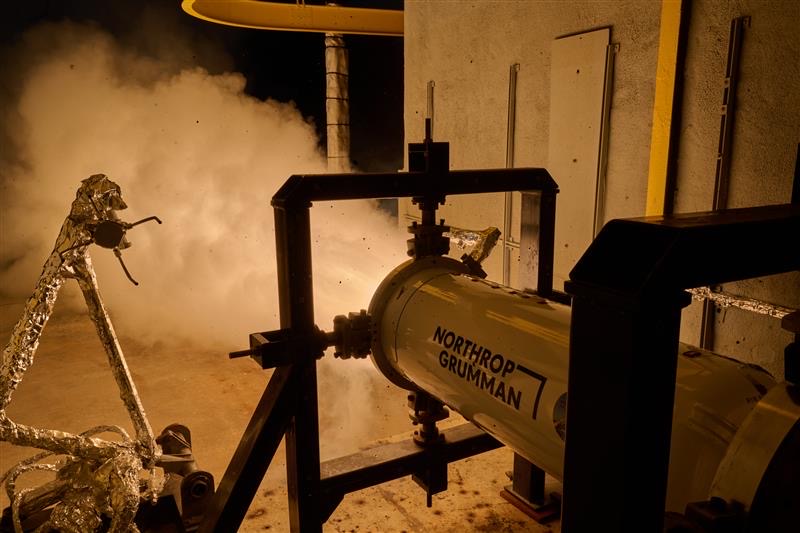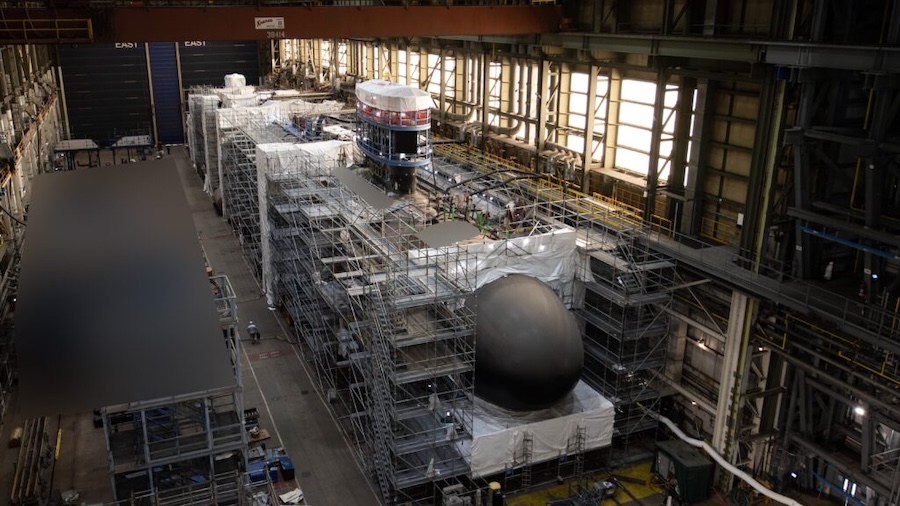During the final stages of testing, Martlet was launched from Wildcat helicopters to destroy drones and fast-moving uncrewed boats, first off the Welsh coast and later in French waters. The missile, described as fast, compact, and manoeuvrable, left behind “nothing but wreckage” after each engagement.
Lieutenant Commander Rhydian Edwards, Officer in Command of the Operational Advantage Group Wildcat Maritime Force, said destroying targets like the Albas drones was “like trying to kill a fly with a laser-guided dart”. He added, “greatly increasing our understanding of the Wildcat’s weapon systems, allowing us to ensure that they can be employed to maximum lethality as demonstrated against air and surface targets alongside our UK and International partners on Exercise Wildfire.”
Martlet is guided by the Wildcat crew and accelerates to 1.5 times the speed of sound, allowing rapid and precise strikes. It was particularly tested during NATO Exercise Wildfire, where it worked alongside French naval and air assets to counter waves of uncrewed threats.
“I could not move for questions, compliments, and enquiries about the weapon system and its phenomenal ability to persecute fast moving uncrewed systems, with several commenting ‘It is the only effective weapon against the uncrewed threat,’” said Lieutenant Commander Edwards. The trials also included the .50 calibre M3M machine gun to assess additional surface warfare capabilities.
Martlet is produced in Belfast and will be exported to the Indian Army under a £350 million deal, securing 700 jobs in Northern Ireland. Hundreds of the missiles have also been delivered to Ukraine under the UK’s gifting programme, five months ahead of schedule.
Minister for Defence Readiness and Industry Luke Pollard MP said: “The Martlet missile represents another significant leap forward in our capabilities and by supporting hundreds of UK jobs, shows how defence is an engine for growth while making Britain safer. Its precision against both aerial and surface threats showcases the Royal Navy’s cutting-edge technology and tactical excellence.”
Commander Andrew Henderson, Commanding Officer of the Wildcat Maritime Force, noted the importance of the testing. “Wildcat trials, in conjunction with our partner organisations, are all about pushing the boundaries of its warfighting capability. Testing and validating our aircraft against realistic targets in challenging environments ensure that we capture vital data allowing us to fully understand our cutting-edge weapon systems, staying ahead of evolving threats, and applying lessons learned to keep the platform’s claws razor-sharp for operations.”
Martlet now enters service alongside the heavier Sea Venom missile, which targets larger vessels and achieved initial operating capability earlier this month. The successful Martlet trials reflect the Royal Navy’s focus on developing flexible and modern maritime strike capabilities in response to emerging threats.
Source: Royal Navy.




